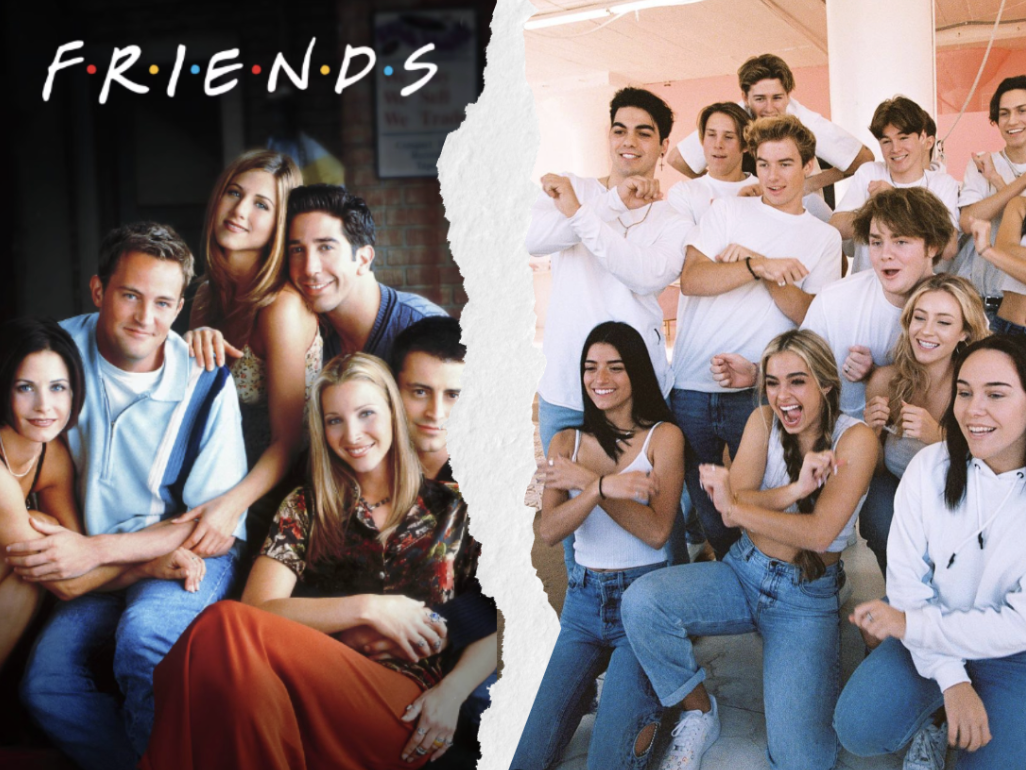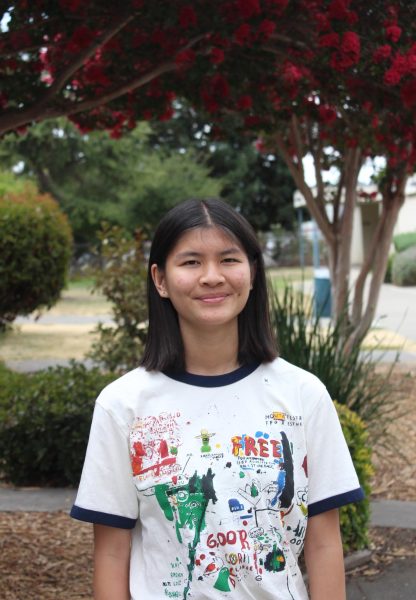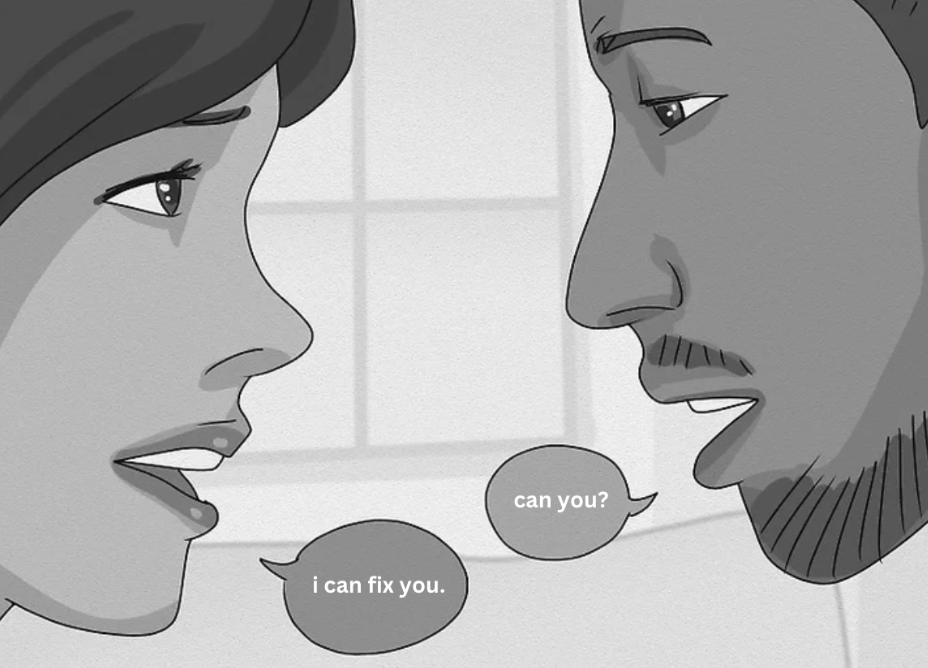“I’ll be there for you”, goes the iconic line from the theme song in “Friends”, a show that is supposed to be about the ultimate group of friends and their shared shenanigans. The lyric from the theme song captures the heart of the show perfectly— what it means to be a true, loyal friend. Over the years, however, social media culture has promoted a culture of transactional friendships at the cost of true ones.
Today, 30 years after the show first aired, with digital interactions more common than ever, friendships seem to revolve more around convenience than genuine connection. In fact, according to a survey conducted by YouGov, an international data analytics firm, in 2019, 22% of millennials say they have no close friends. The staggering number raises the question: whatever happened to ‘genuine’ friendships’?
Social Exchange Theory, developed by American psychologist George Homans in 1958, argues that people evaluate relationships through a cost-benefit perspective, taking what they give and what they receive into account. If the negatives outweigh the positives consistently, a person is more likely to terminate their relationship. It’s a process that many of us undertake when considering our relationships, whether it be intentionally or subconsciously. Transactional friendships are relationships in which both parties expect to gain something in return for what they give, whether it be emotional support, companionship, or practical help.
But social media and the internet have taken this principle to a new extreme. The increased prevalence of texting over face-to-face meetings has promoted surface-level interactions over meaningful conversations, and the ease of texting has created a tendency for people to reach out when they need favors. This can create feelings of isolation and loneliness, because it is much harder to foster genuine connections.
As social media has gained popularity, more friendships are formed for social image reasons. In the era of social media influencers, where viewership numbers and brand deals are the ultimate goal, there has been a rise in these business-like relationships. Examples of transactional friendships on social media include influencer circles like the “Hype House” on TikTok, formed by popular creators who collaborated to make videos, boost each other’s follower counts, and earn sponsorships from big-name brands. These projects were immensely successful at first, gaining 7 million followers on TikTok within its first month, according to a Forbes publication in 2020. However, this quickly proved unsustainable when internal conflicts led to members parting ways; as they were focused on content, they didn’t have a supportive base of true friendship underneath. Relationships like these are not genuine; they are based on desires to attain larger social influence and financial gain. Friendships that are extremely transactional and business-like in nature are not sustainable: one contract breach and suddenly a friend can disappear.
On the other hand, it’s important to note that some aspects of transactional relationships are required for friendship. This does not indicate that these friendships are always less genuine; rather, it suggests that real friendships naturally require mutual effort between both people. For example, it strains a friendship if one friend is consistently reaching out and the other is not reciprocating their efforts. To avoid these one-sided relationships, it is only fair to expect to receive something from a friend in return for what you give them, whether that be emotional support, companionship, or advice. Sustainable friendships don’t have to be completely transactional, but they do have to be mutually beneficial to work. However, for the most part, you shouldn’t be comparing your efforts to a friend’s.
All in all, friendships don’t have to be a scoreboard to keep track of who does what in the relationship. Because at the end of the day, friendship is more than a simple exchange of favors— it’s showing up for each other when it matters the most.












